No products in the cart.
Active filters
Takenoko
A long time ago at the Japanese Imperial court, the Chinese Emperor offered a giant panda bear as a symbol of peace to the Japanese Emperor. Since then, the Japanese Emperor has entrusted his court members (the players) with the difficult task of caring for the animal by tending to his bamboo garden.
In Takenoko, the players will cultivate land plots, irrigate them, and grow one of the three species of bamboo (Green, Yellow, and Pink) with the help of the Imperial gardener to maintain this bamboo garden. They will have to bear with the immoderate hunger of this sacred animal for the juicy and tender bamboo. The player who manages his land plots best, growing the most bamboo while feeding the delicate appetite of the panda, will win the game.
Finca
The players take the roles of Mallorcan farmers, who strive to harvest as many of the island‘s tropical fruits: figs, almonds, olives, oranges, grapes, and lemons, as possible. The players deliver their harvested fruits to the island communities, which have constantly changing requirements during the course of the game. For these deliveries, the players receive victory points. In the end, the player with the most victory points is the winner.
Windmill Valley
It’s the late 19th century, and more than 9000 windmills dot the landscape of the Netherlands, some of them purpose-built to dry the lowlands, called polders. In the polders between these windmills are fields filled with colorful tulips—the flower that once was a part of the turbulent history of the first financial bubble but is now simply a quintessential part of the Dutch landscape, especially on the famous Bloemen Route (or “Flower Route”).
Terminus
You and your competitors’ transit companies have been hired by the city to build new subway lines and commercial developments to improve the city\'s bottom line.
Juicy Fruits - Mystic Island
Not far from the fruit paradise found in Juicy Fruits, players have discovered a mysterious island, which they can now explore with the help of their explorer figure. If you have good timing when moving your figures across the island, you can collect additional points.
The Grand Carnival
Ladies and gentlemen, step right up — the carnival is coming to town! In The Grand Carnival, players compete to create the most impressive carnival this town has ever seen. You\'ll need to carefully plan your carnival\'s layout, build attractions, hire staff, and manage the crowds, all while learning a few tricks of the trade.
Brazil: Imperial - Metal Action Token
Deluxe component for Brazil: Imperial. 12 metal action tokens, 3 per player
Brazil: Imperial - Automa
Challenge the automaton!
Get ready for a new challenge in Brazil: Imperial. The Automaton is a relentless adversary that will test all your experience as the leader of your nation.
The Automaton can be used in solo matches or added to maps with more players, helping to create new gameplay, with an unpredictable opponent that does not accept negotiations!
Habitats
In Habitats, each player builds a big wildlife park without cages or fences. The animals in your park need their natural habitats: grassland, bush, rocks or lakes. The zebra needs a big area of grass and some water adjacent, for example, while a bat needs rocks and bush and water, a hart needs bush and grass, and a crocodile needs mainly water. There is a snake, baboon, bee, elephant, otter, lizard, turtle, eagle, meerkat, scorpio, hog, catfish, rhino, etc., each with its own landscape requirements — 68 different animals in total.
Takenoko
A long time ago at the Japanese Imperial court, the Chinese Emperor offered a giant panda bear as a symbol of peace to the Japanese Emperor. Since then, the Japanese Emperor has entrusted his court members (the players) with the difficult task of caring for the animal by tending to his bamboo garden.
Three Sisters
Three Sisters is a strategic roll-and-write game about backyard farming. Three Sisters is named after an indigenous agricultural technique still widely used today in which three different crops — in this case, pumpkins, corn, and beans — are planted close together. Corn provides a lattice for beans to climb, the beans bring nitrogen from the air into the soil, and the squash provides a natural mulch ground cover to reduce weeds and keep pests away.
Frostpunk: The Board Game - Timber City Expansion
A set of 80 wooden meeples representing buildings (15 mm thickness, varied height and width), containing 18 large buildings (12 different shapes) and 62 small buildings (23 different shapes), to be placed on cardboard buildings tiles from the Core Game.
Frostpunk: The Board Game - Dreadnought Miniature
Contains 1 plastic miniature. Besides being an awesome collector’s piece (190x70x50 mm size!) it will be used in one of the setups and one of the scenarios as an element that will increase the immersive aspect of the game. This expansion is purely of aesthetic nature and does not in any way influence the mechanics of the game.
Frostpunk: The Board Game - Resources Expansion
Contains 98 plastic miniatures. It is a set of beautiful plastic resources that match other plastic components in scale. It simply enhances the overall impression you will get if you play with the Miniatures expansion. This expansion is purely of aesthetic nature and does not in any way influence the mechanics of the game.
Frostpunk: The Board Game - Miniatures Expansion
Contains 120 plastic miniatures in 41 different sculpts, bringing the ultimate look of Frostpunk\'s last city of Earth to the tabletop. This expansion is purely of aesthetic nature and does not in any way influence the mechanics of the game.
Oros
The Wise One, immortal keeper of wisdom and knowledge, has sent Demigods endowed with earth-moving power to the far reaches of humanity. In Oros each player acts as one of these Demigods. They must instruct their Followers in the wisdom of the mountains through study, worship, and experience. And only in the heights of the mountains can the greatest mysteries be known
Brazil: Imperial
Take on the role of one of the great monarchs of the past, and show your valor! You will arrive in a vast and rich territory, but the road to the prosperity is filled with challenges.
Clash of Cultures: Monumental Edition
Clash of Cultures: Monumental Edition brings back the classic game of exploration, expansion, and development with all new updates! Grow your civilization, advance your culture and tech, and leave your mark by building Wonders.
Juicy Fruits
Each player has their own small island paradise where they grow delicious fruit. To win, you must gain the most points by cleverly supplying ships and by adding the best businesses to your island.
Darjeeling
In 1835, the British East India Company leased the region around the location of the modern-day city of Darjeeling.
The British strategically placed the trading post to build a sanatorium there as well!
The Grand Carnival - On The Road
The carnivals in this town just got even bigger! Clowns, enormous attractions, golden tickets, and more peanuts than you can handle, all arriving by train in the next week. And you’re taking this show on the road, stopping in cities across the ol’ US of A. Can you create the greatest carnival this country has ever seen?
Great Western Trail: New Zealand
In Great Western Trail: New Zealand, you are a runholder — that is, the owner of a sheep station — on the South Island of New Zealand at the end of the 19th century. Recent years have seen your family farm prosper by diversifying your breeds of sheep and by increasing the value of your wool.
With the dawn of the new century, new challenges have arisen. You must acquire new and improved breeds of sheep to ensure the prosperity of your family business and the laborers who work for you.
Takenoko: Chibis
A long time ago, the Emperor of China offered to the Emperor of Japan a giant panda, a symbol of peace. Your delicate mission: Take care of the animal by planning a bamboo field. Now as a reward for your great work, you are being offered a second panda...a female!
[DAMAGED] Windmill Valley
It’s the late 19th century, and more than 9000 windmills dot the landscape of the Netherlands, some of them purpose-built to dry the lowlands, called polders. In the polders between these windmills are fields filled with colourful tulips—the flower that once was a part of the turbulent history of the first financial bubble but is now simply a quintessential part of the Dutch landscape, especially on the famous Bloemen Route (or “Flower Route”).








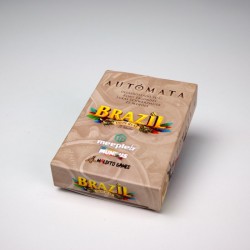
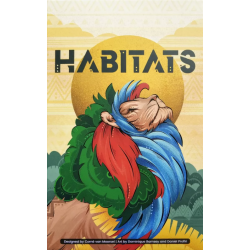
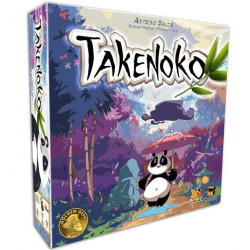
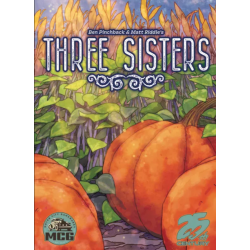
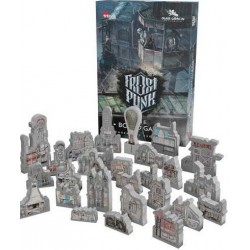
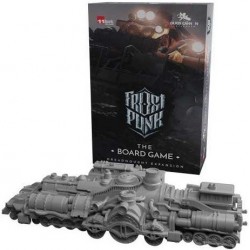
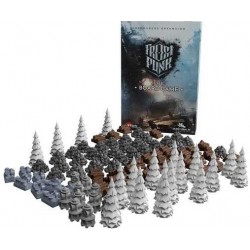
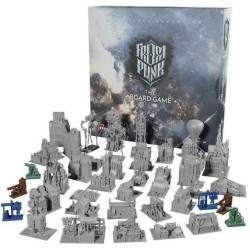
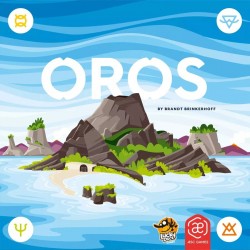
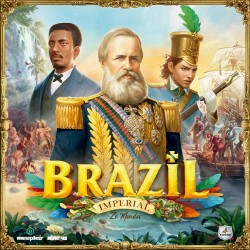
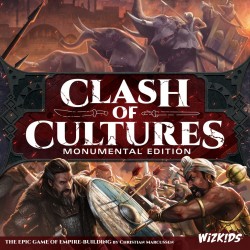

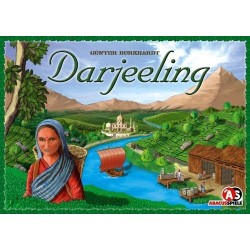
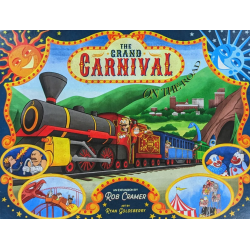
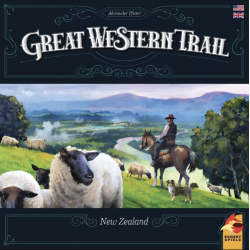
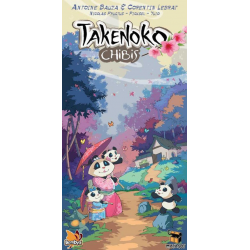
![[DAMAGED] Windmill Valley](https://kienda.co.uk/6094-home_default/windmill-valley.jpg)






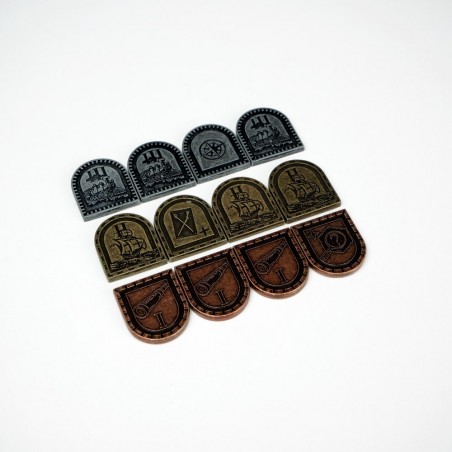
















![[DAMAGED] Windmill Valley](https://kienda.co.uk/6094-medium_default/windmill-valley.jpg)